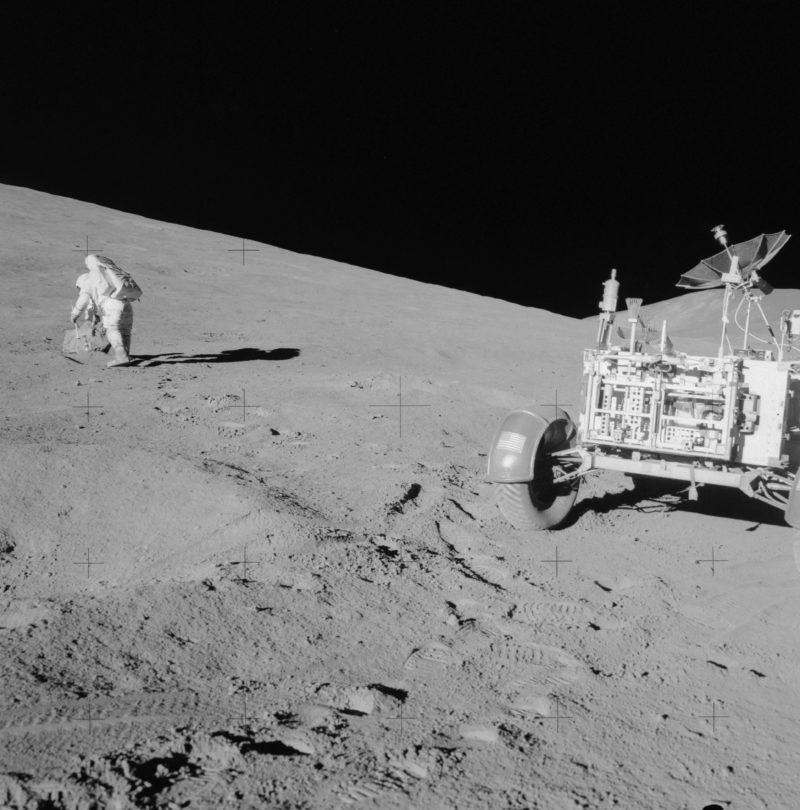
Fifty summers ago, astronauts Dave Scott, Jim Irwin and Al Worden flew Apollo 15, the fourth manned landing mission to the Moon. Launched on 26 July 1971 atop a Saturn V rocket, they were the first humans to visit the rugged lunar mountains, which were thought to be home to some of the oldest rocks and soils, dating back to shortly after the Moon’s formation. Apollo 15 was a spectacular 12-day mission, involving three Moonwalks, a comprehensive survey from lunar orbit, the first “deep-space” Extravehicular Activity (EVA) and the first use of the battery-powered Lunar Roving Vehicle (LRV). But it took its toll on the men. One lost his marriage, another ultimately lost his life and the reputations of all three were left severely tarnished.
Apollo 15’s landing spot, a place called Hadley, lay some 450 miles (700 km) north of the lunar equator and was chosen in October 1970. Situated at the base of the Moon’s spectacular Apennine Mountains, the region was characterized by a long, meandering gorge called Hadley Rille, thought to be an ancient lava channel, some 25 miles (40 km) long and 650 feet (200 metres) deep.
And during their three days on the surface, Scott and Irwin would explore the slopes of a sizeable easterly peak of the Apennines, known as Mount Hadley Delta, which rose to 16,000 feet (5,000 metres). It was hoped that sampling this unique location would yield clues about the Moon’s primordial crust. Apollo 15 promised to be nothing less than a geological bonanza.
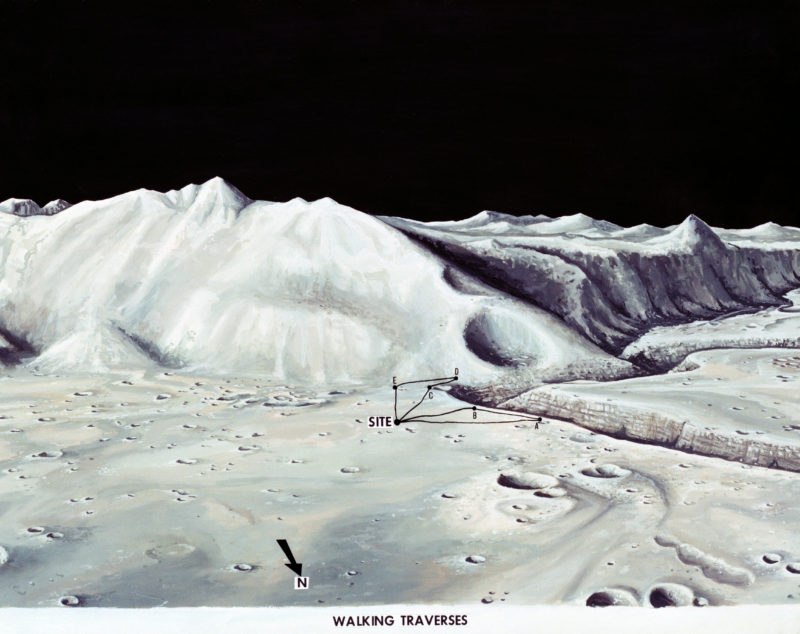
To collect that bonanza, Scott and Irwin would ride the first LRV, a collapsible, four-wheeled buggy which could transport them and their tools much further across the Moon’s surface than was previously possible. Cooled by a radiator and a small quantity of beeswax, it was driven by means of a T-shaped hand controller and deployed via lanyards and pulleys from the descent stage of the Lunar Module (LM). But in case it broke down, highly conservative “walk-back” limits had to be built into each Moonwalk, lest the astronauts needed to return to the LM on foot.
But Apollo 15 originally took on a more “vanilla” aspect. It was originally planned as one of NASA’s “H-Series” landings, with Scott and Irwin timelined to do two Moonwalks and spend 33 hours on the surface, with no LRV. But in September 1970, after budget cuts forced NASA to cancel two landings, Apollo 15 was rescoped as the first “J-Series” mission. Its duration increased from ten to 12 days, the stay-time on the Moon leapt to 70 hours, two Moonwalks became three and an expansive Scientific Instrument Module Bay (SIMBay) was loaded into Apollo 15’s Command and Service Module (CSM).
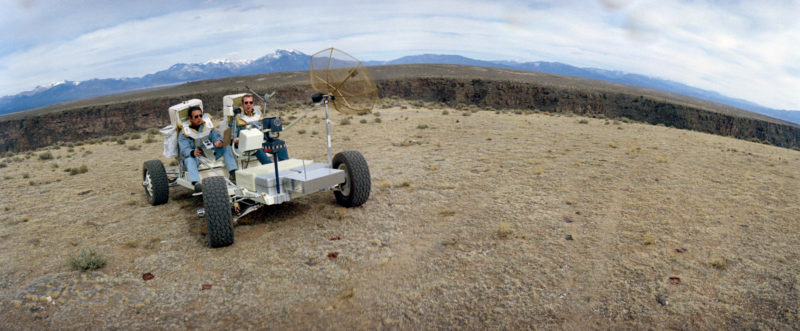
The SIMBay resided in Sector 1 of the service module and included eight experiments: an X-ray fluorescence detector, a gamma-ray spectrometer, an alpha-particle spectrometer, panoramic and mapping cameras, a laser altimeter, a dual-beam mass spectrometer and a tiny subsatellite which would be sprung into lunar orbit just before Apollo 15 headed home.
All told during his time alone circling the Moon, Worden used the imaging gear to map a quarter of the Moon’s terrain. And for the first time he would perform a deep-space EVA to retrieve the cameras’ film cassettes. It would be the first EVA ever performed in cislunar space, the region between Earth and the Moon.
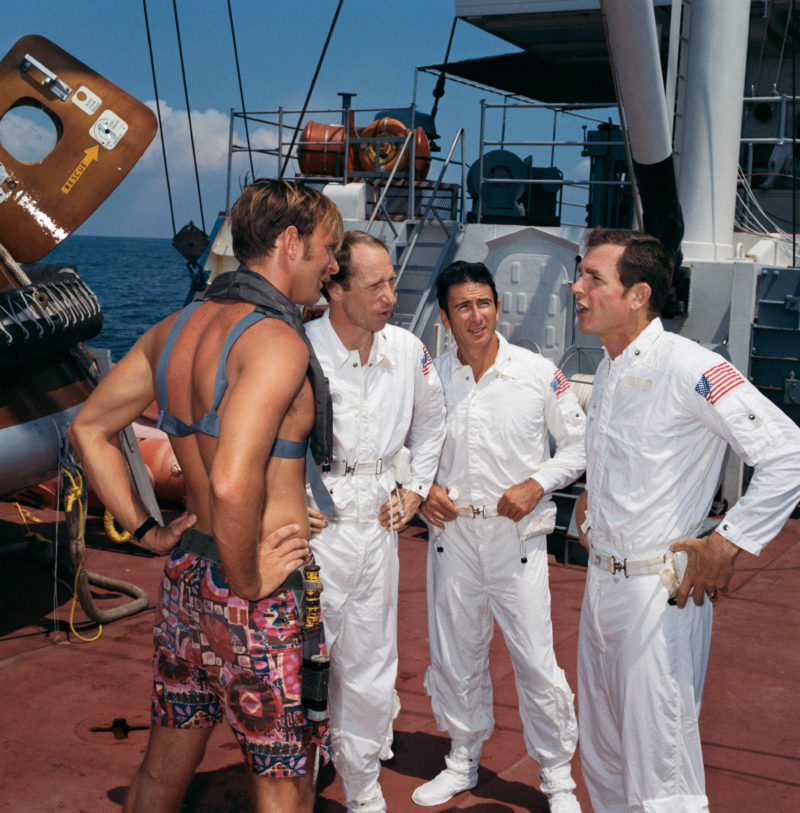
Scott, Worden and Irwin had previously trained since April 1969 as backups for the Apollo 12 mission, before rotating into the prime crew for Apollo 15 in March 1970. They named their CSM “Endeavour” in honor of Captain James Cook’s vessel, which returned to England in July 1771, exactly 200 years before Apollo 15 launched.
Since all three men were U.S. Air Force officers, they named their LM “Falcon”, as a nod to the mascot of the Air Force Academy. Even their food parcels were color-coded red, white and blue. But training for the mission was intense. Worden’s marriage crumbled under the strain, whilst that of Irwin also came close to collapse. And Scott’s wife even took introductory classes in geology, simply to give her something to talk to her husband about on the rare occasions that he was home.
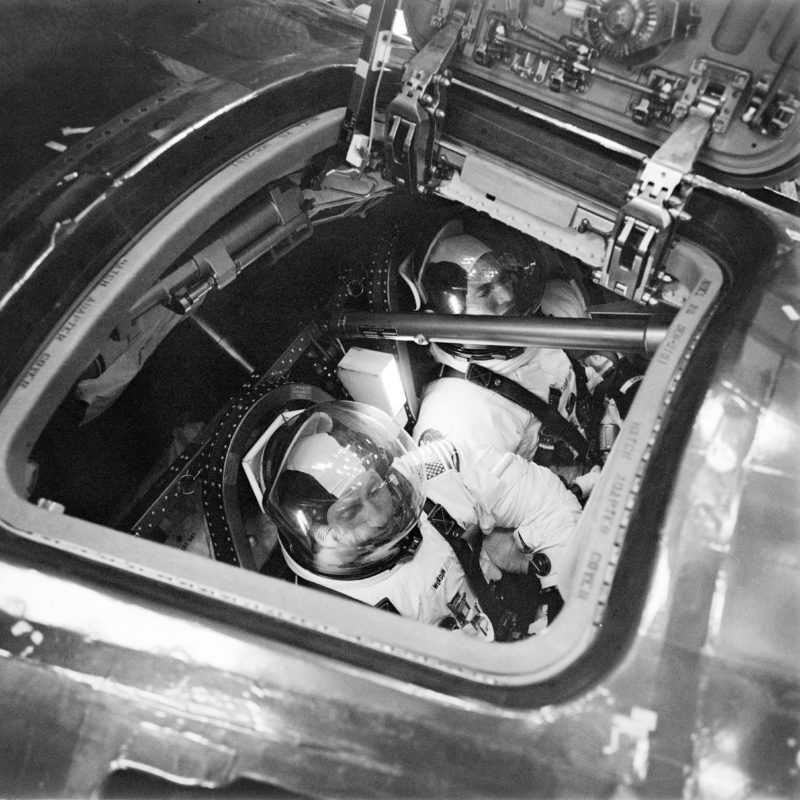
The mighty Saturn V took flight at 9:34 a.m. EST on 26 July 1971, in what Irwin later described as “a complete release of tensions”. Eleven minutes later, Apollo 15 was circling the Earth and a couple of hours after that, the Trans-Lunar Injection (TLI) burn of the rocket’s S-IVB upper stage set them on course for the Moon.
Several hours thereafter, the three astronauts took their first glimpse back at the Home Planet and realized that “home” had suddenly started to shrink. The four-day transit to the Moon proved uneventful and on the 29th Endeavour and Falcon slipped silently into lunar orbit.
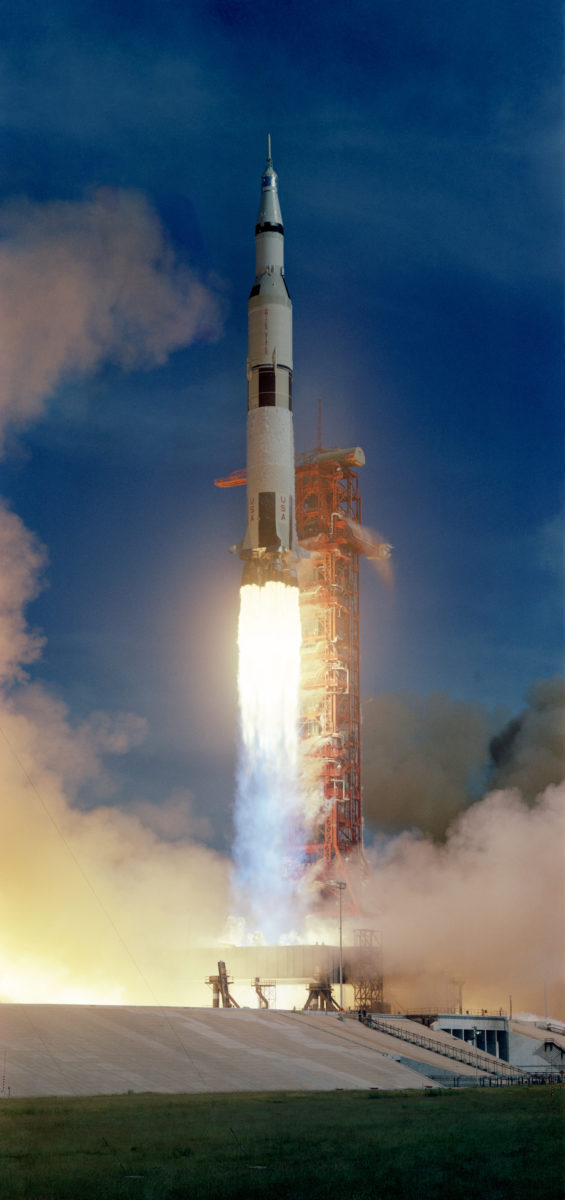
An improperly attached umbilical cable almost prevented undocking in the small hours of the 30th, but at length Falcon separated from Endeavour and began her descent to the surface. Dropping through a gap in the lunar mountains, Scott had the surreal sense that he was “floating” like a snowflake towards the landing site and he and Irwin almost felt the need to pull their feet up to avoid hitting the peaks of Apennines.
They touched down on the Moon at 6:16 p.m. EST and Scott declared that “the Falcon is on the Plain at Hadley”, a respectful nod to his alma mater, the Military Academy, whose parade ground was nicknamed “the plain”. They had landed a mere 2,000 feet (600 metres) north and 575 feet (175 metres) west of their target spot.
But the only problem was that one of Falcon’s landing pads had come down in a small crater, prompting Mission Control to dub them “The Leaning Tower of Pisa” during their three days on the surface. It left the men momentarily anxious, for an abort was mandatory if the LM tipped by more than 45 degrees whilst still in motion. But 77 seconds after touchdown, Mission Control verified that all was well and gave them a “STAY” decision.
Beyond Falcon’s windows was a beautiful valley, with the high peaks of the Apennines on three sides and Hadley Rille to the west. It reminded Irwin of his formative youth in the Colorado mountains, high above the timberline, but this deeply religious man also felt the presence of God. It was a profound experience that would remain with Irwin for the rest of his life.
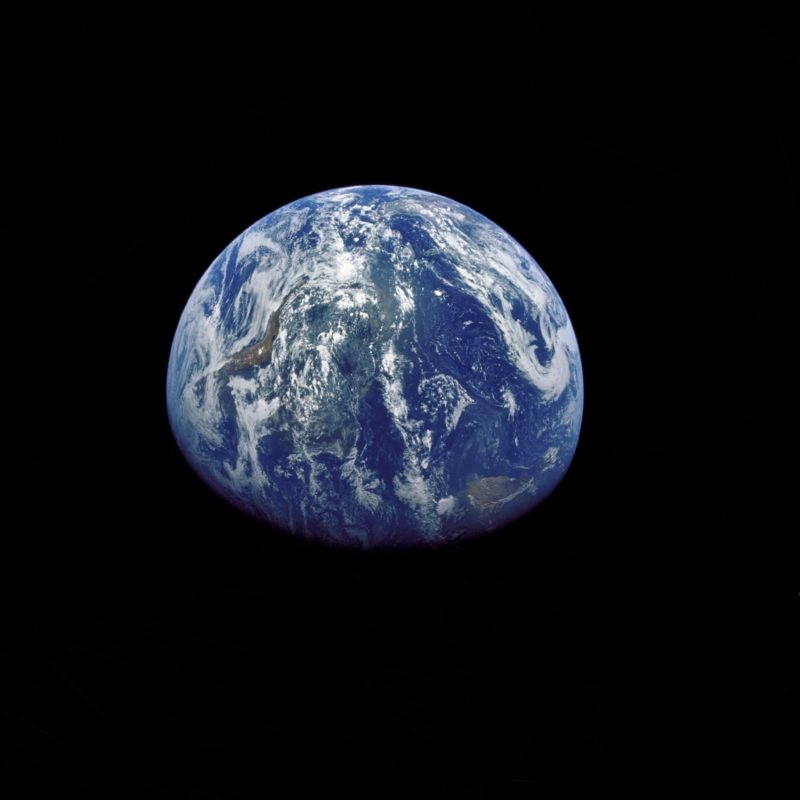
During training, Scott had requested mission planners to schedule a “Stand-Up EVA”, in which he would hop onto Falcon’s drum-like ascent engine cover and poke his helmeted head out of the top hatch. The idea was to acquire a 360-degree panoramic perspective of the landing site.
And for Scott, it felt like he was in the turret of a tank. Inside Falcon, Irwin was left to arrange the oxygen hoses and communications cables to Scott’s suit, whilst also ensuring that the LM’s control panels were shaded from the harsh lunar sunlight. Scott offered him the chance to look outside. But Irwin’s umbilicals were not long enough and, as he later wrote in his memoir To Rule the Night, “I didn’t want to take the time to rearrange them”.
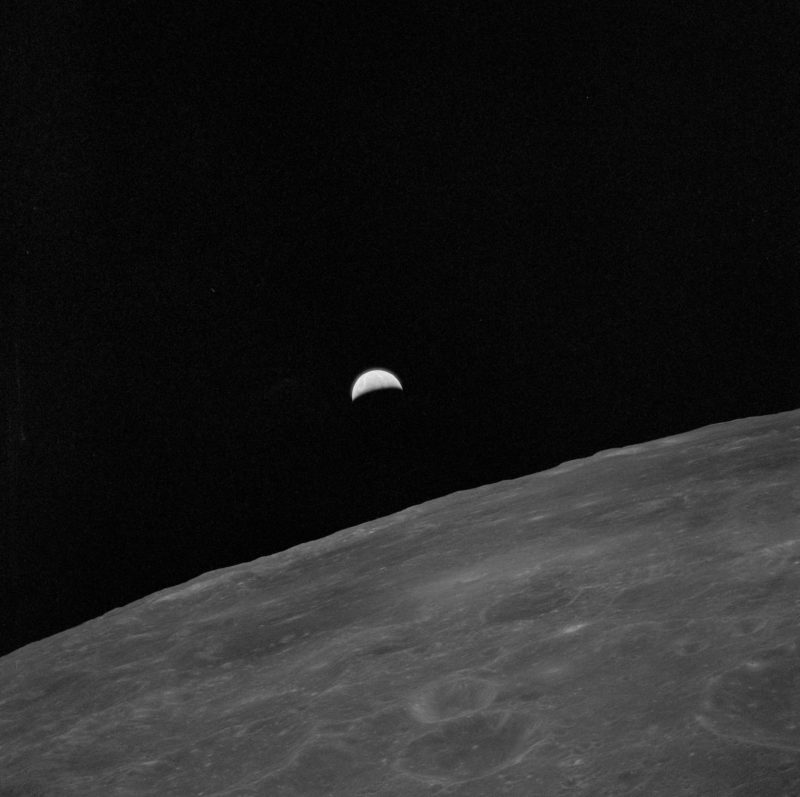
In the weak lunar gravity, Scott could easily support himself on the LM’s upper hatch with his elbows. He shot a dozen interconnected stereo photographs of the landing site and would laud the 33-minute Stand-Up EVA as a great success.
“One of our problems at Hadley was that the resolution of the Lunar Orbiter photography was only 66 feet (20 metres), so they couldn’t prepare a detailed map,” he told the Apollo Lunar Surface Journal. “The maps we had were “best guesses” and we had the radar people tell us before the flight that there were boulder-fields all over the base of Hadley Delta, so another reason for the Stand-Up EVA was to look and see if we could drive the rover, because if there were boulder-fields down there, it changed the whole picture.”
After returning inside Falcon, the two men bedded down for their first night’s sleep on the Moon. “Tomato soup was big on the menu,” Scott wrote in his memoir, Two Sides of the Moon. “There was no hot-water supply in the LM, as there was in the command module, so all our meals on the lunar surface were served cold and we soon discovered that there was not really enough to eat, either.”
In Irwin’s recollection, even eating the soups required some acrobatics, particularly when removing the Teflon seals to their packets. “If you opened them slowly, invariably the soup would start coming out in bubbles or blobs that would float all over the place,” he wrote in To Rule the Night.
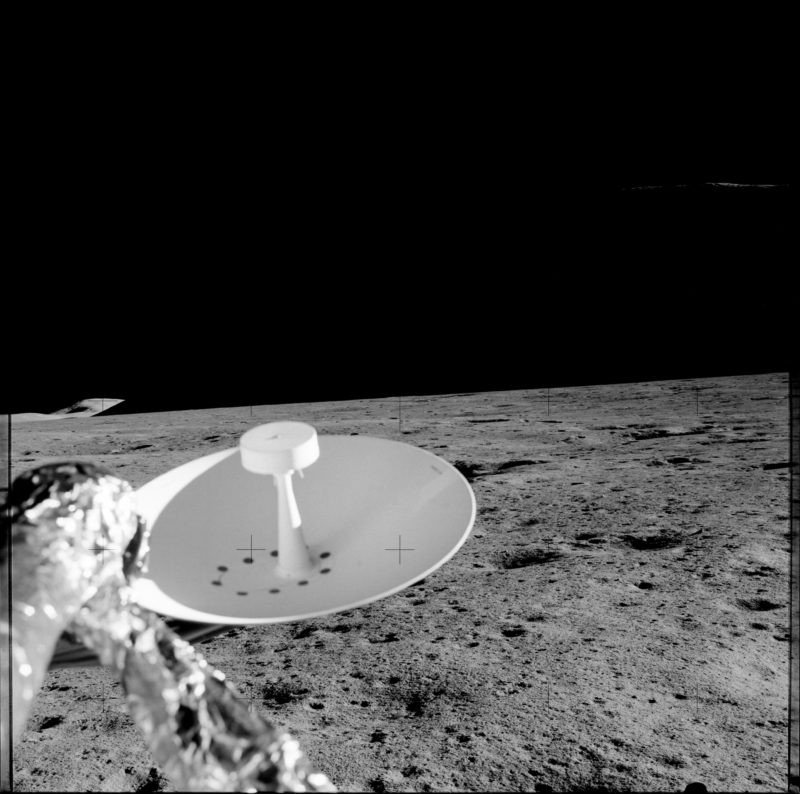
“The trick was to open the bag fast, so that the viscosity or capillary action would encourage the soup to adhere to the plastic.” They slept in their long johns, using a pair of Beta-cloth hammocks which were strung across the LM’s cabin. Earplugs and the pulling-down of blinds over Falcon’s two triangular windows provided further relief from sound and light.
At 9:29 a.m. EST on 31 July, Scott hopped down the ladder and became the seventh man to set foot on another world. “As I stand out here in the wonders of the unknown at Hadley,” he breathed, “I sort of realise there’s a fundamental truth to our nature. Man must explore. And this is exploration at its greatest!”
He was joined in short order by Irwin and the duo set to work deploying the LRV from its berth in Falcon’s descent stage. The rear wheels folded out and locked into position, then the front of the rover opened, the front wheels came down and the entire frame was let down to the surface by pulleys and secured by pins.
Scott gave it a quick test drive, finding that the front steering did not work, forcing the astronauts to rely upon rear-wheel steering instead. They installed the color television camera and loaded their geology tools, then buckled up their seatbelts for a bucking bronco of a ride, in which the rover attained top speeds of 5-6 mph (8-10 km/h).
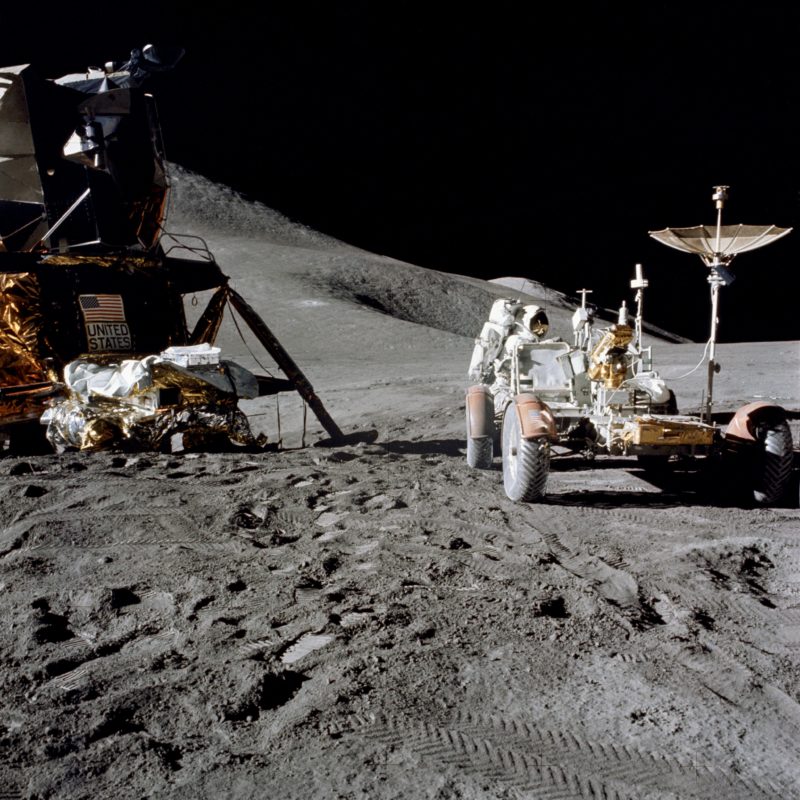
Irwin later reflected that he did not like the idea of a seatbelt on the rover, but when the buggy left the ground when it hit a rock, he realized that they could not have done without them. As he drove, Scott found he needed to focus all his energies on driving and keeping track of craters, for the harsh lunar sunlight made the terrain appear deceptively smooth, literally “washing-out” surface features, as hummocks and furrows appeared out of nowhere, at a split-second’s notice. And as Scott drove, Irwin reeled off descriptions of the landscape with a keen geologist’s eye.
Their first port of call was Elbow Crater, right on the rim of Hadley Rille at the base of Mount Hadley Delta. Scott’s photographs here revealed the interior wall of the rille, which showed clear signs of layered outcrops.
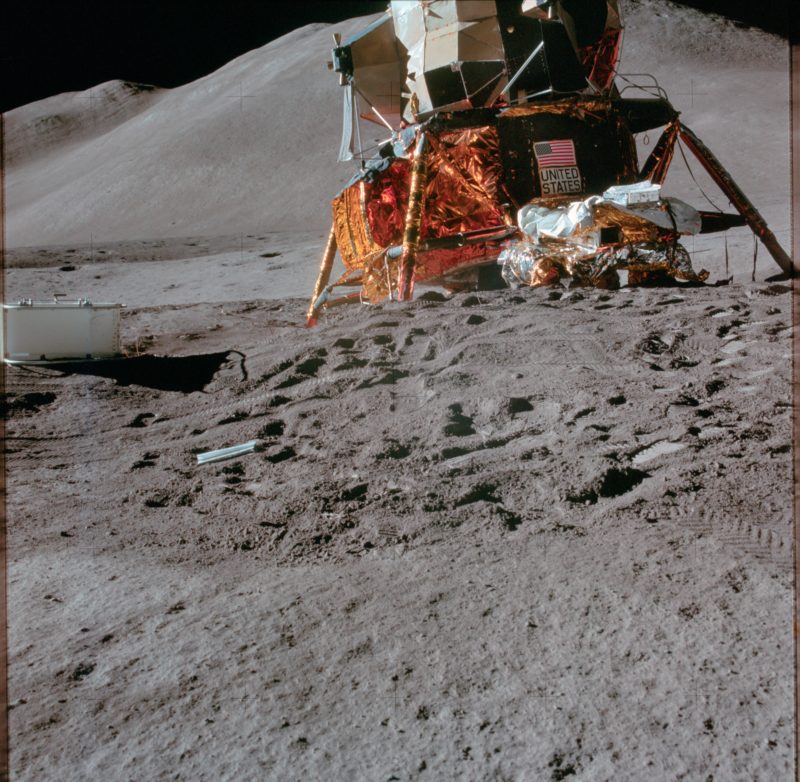
Walking was like walking on a trampoline, Irwin wrote, but their bulky space suits made it virtually impossible to adopt a natural walking posture. “When you don’t have the weight of your legs available to push against the suit,” he remembered in To Rule the Night, “you are constrained as to how far you can move. You just use the ball of your foot to push off. That’s why we looked like kangaroos when we walked. We flexed the boot and that pushed us forward.”
Returning to Falcon, they erected the Apollo Lunar Surface Experiments Package (ALSEP), which proved easier said than done. As Scott labored to drill a couple of bore-holes to emplace temperature probes for a heat-flow investigation, he found the surface to be far tougher than expected.
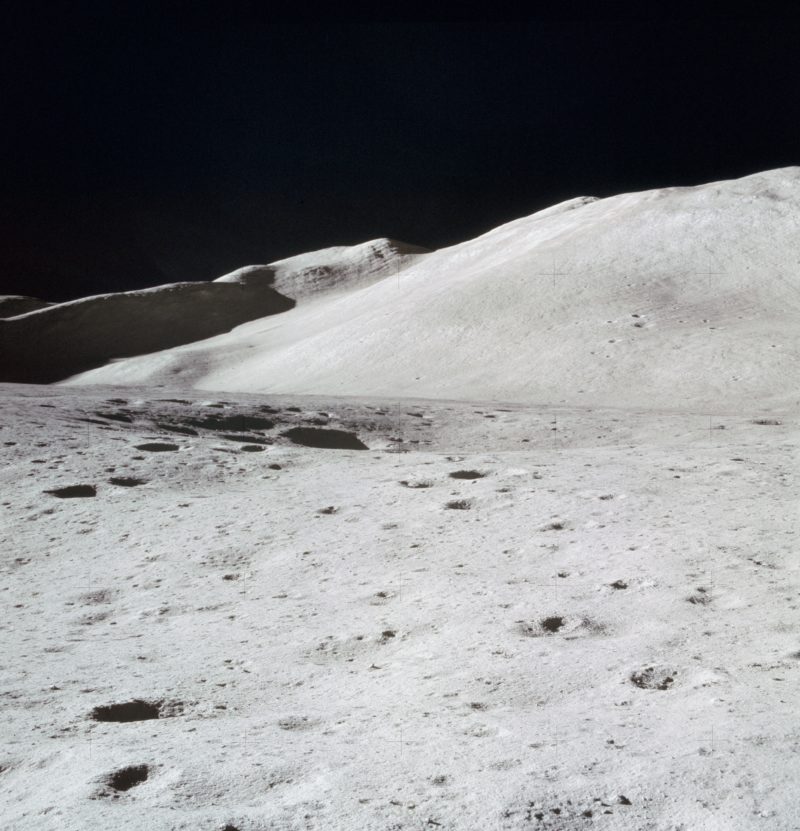
The task was deferred as he and Irwin tended to other ALSEP tasks. Back inside the LM after six hours and 32 minutes, they removed their space suits and the true effect of their labors became readily apparent. Perspiration poured from their gloves and Scott’s fingernails, immersed in sweat for hours, were in agony. And a problem with the drink bag inside Irwin’s suit had left him parched through the entire Moonwalk. In fact, a fruit stick inside his helmet was the only sustenance he had.
Next day, they headed for Mount Hadley Delta and Scott found to his delight that the LRV’s front-wheel steering had mysteriously come online, giving him four-wheel control. As tall as the highest peaks in the Rockies, the astronauts were directed to search for large crystalline igneous rocks, as well as documented samples and soil specimens.
Pausing at Spur Crater, they looked down the slopes to see Falcon, now a tiny dot in a sea of gray-brown. One of the most remarkable aspects of the view was that the lack of atmosphere lent an unreal clarity to the scene and only their footprints and the rover’s tracks permitted them the slightest indicator of distance or scale.
As soon as they reached Spur, they immediately saw one white rock which piqued their interest. They took multiple photographs of the site, then moved in to sample it. “It was lifted up on a pedestal,” Irwin wrote. “The base was a dirty old rock covered with lots of dust that sat there by itself, almost like an outstretched hand. Sitting on top of it was a white rock, almost free of dust.” Peering at it, the astronauts could see crystalline striations in it.
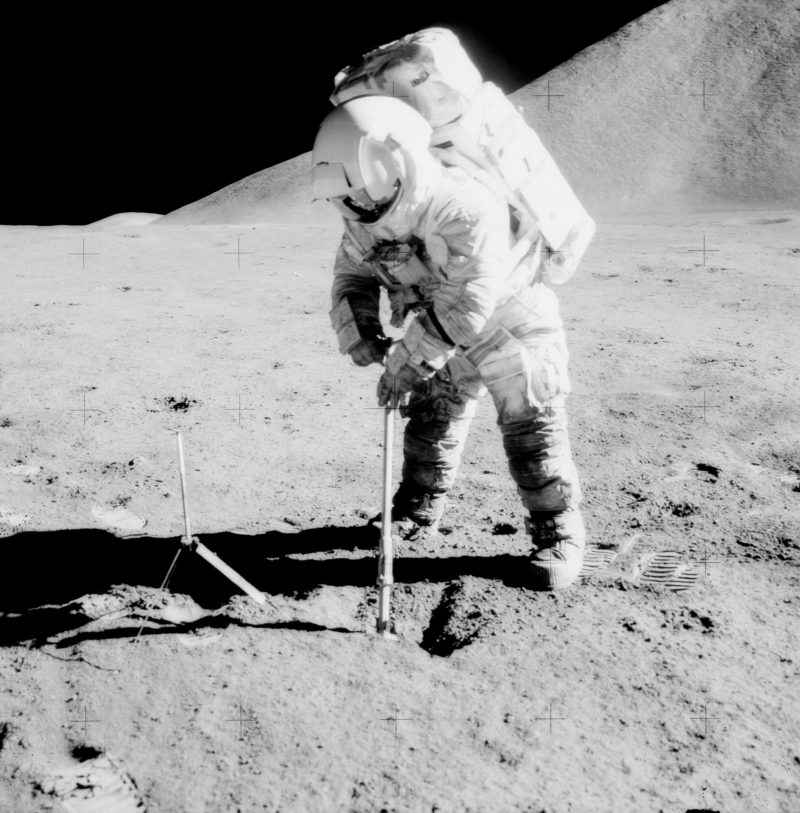
“Ah,” said Scott.
“Oh, man,” added Irwin.
It was almost entirely “plagioclase”, an important feldspar mineral used by petrologists to determine the composition, origin and evolution of igneous rocks. Right away, Scott and Irwin recognized it as anorthosite, the purest form of plagioclase, long suspected to form the Moon’s primordial crust.
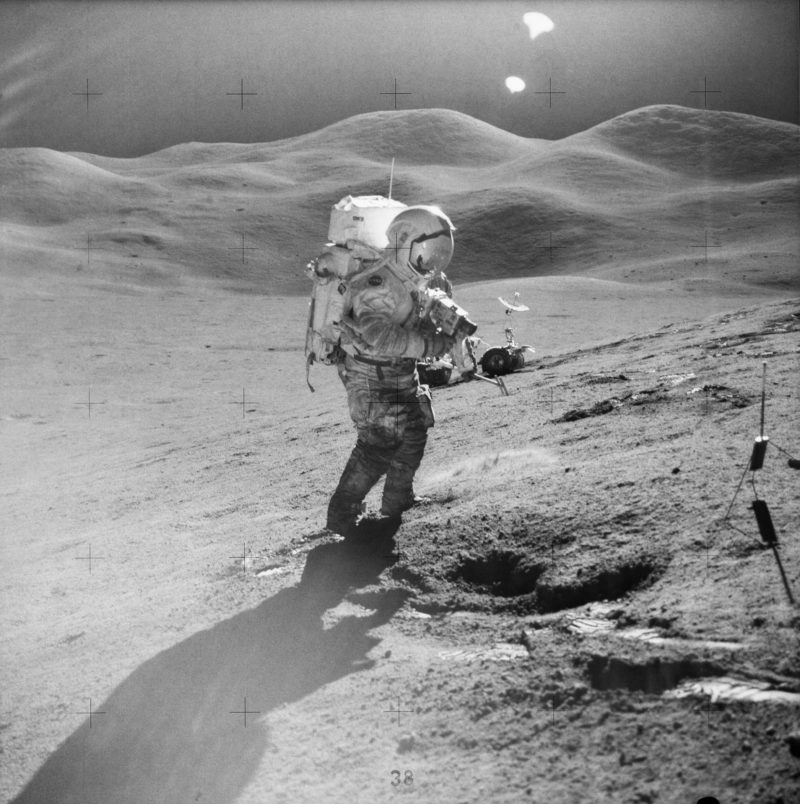
“Guess what we just found?” Scott radioed, aware that he was likely holding a rock dating back almost to the dawn of lunar time. “I think we just found what we came for.”
“Crystalline rock, huh?” said Irwin.
“Yes sir!” replied Scott.
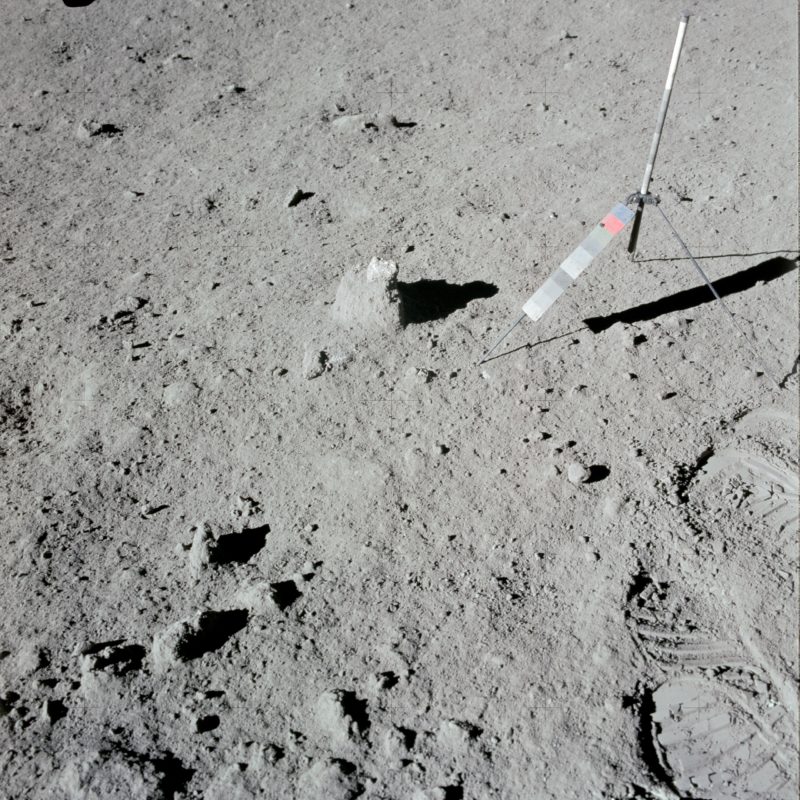
It was labeled as Sample No. 15415, but later earned the nickname “Genesis Rock” and was dated to roughly 4.1 billion years ago, around 1.5 billion years more ancient than the oldest-known rocks on Earth. In fact, the Genesis Rock proved so old that the Solar System itself was thought to have formed only a few hundred million years earlier than that.
Returning to Falcon, they pressed back into the bore-hole task for the heat-flow experiment. By now, Scott’s injured fingers had begun to blacken and he could manage barely a minute of pressure on his fingernails before he had to take a breather. Eventually, and with some measure of relief, the drilling was done and both heat-flow sensors were implanted into the surface.
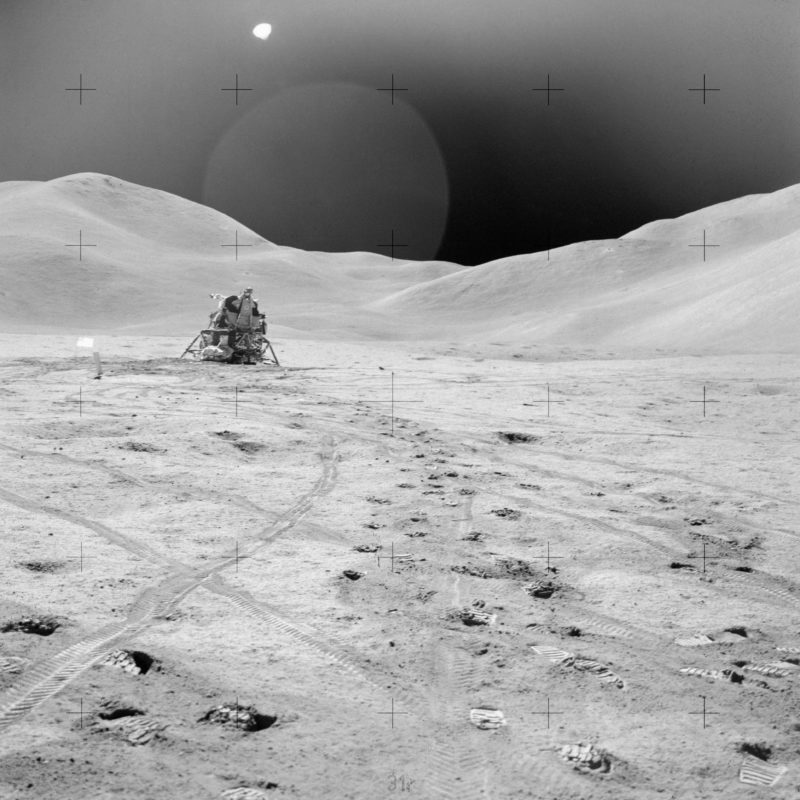
Meanwhile, Irwin set to work digging a trench and using a penetrometer to measure the bearing-strength of its walls. The second EVA ended after seven hours and 12 minutes with the erection of the U.S. flag and loading the rock and soil boxes aboard Falcon.
Next day, Scott and Irwin’s final Moonwalk started with a check of the ALSEP and recovery of core samples. They then boarded the LRV to visit Hadley Rille, which the leading theories suggested may have been a long-since collapse lava tube.
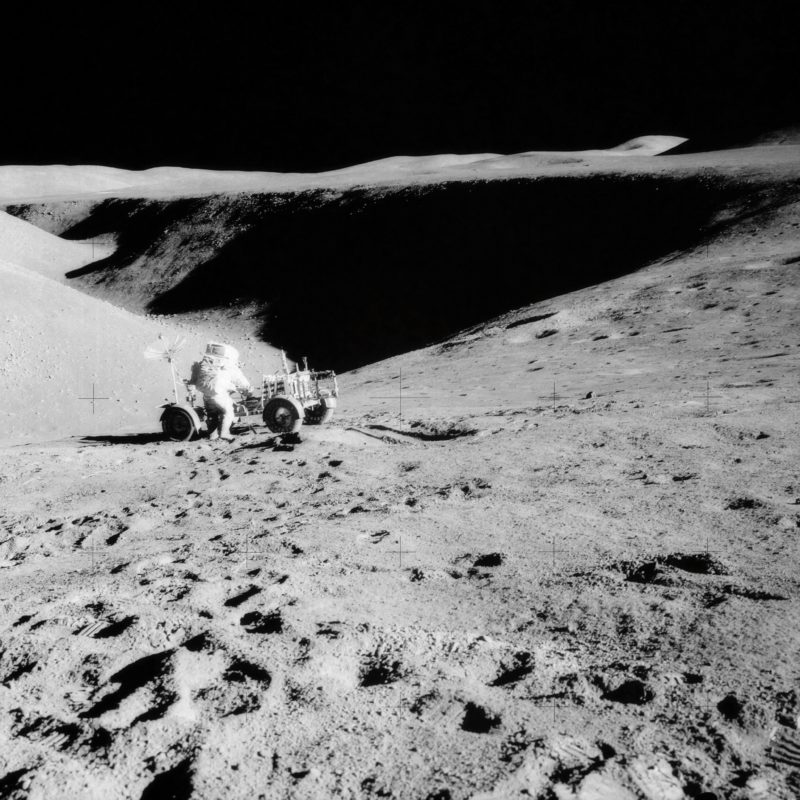
Contrary to predictions, its rim had no precipitous drop, but rather sloped gently like the shoulder of a hill, allowing both astronauts to walk downslope unhindered. But it was steep enough—about 25 degrees at most—for them to be unable to see its floor, far below. Unfortunately, as with all Apollo missions, time was not on their side and hopes of further exploration evaporated as quickly as the men’s oxygen supply.
Back at Falcon, Scott took the opportunity for an experiment of his own. He had brought along a falcon’s feather from the Air Force Academy and wanted to test a prediction made three centuries earlier by the great polymath Galileo Galilei.
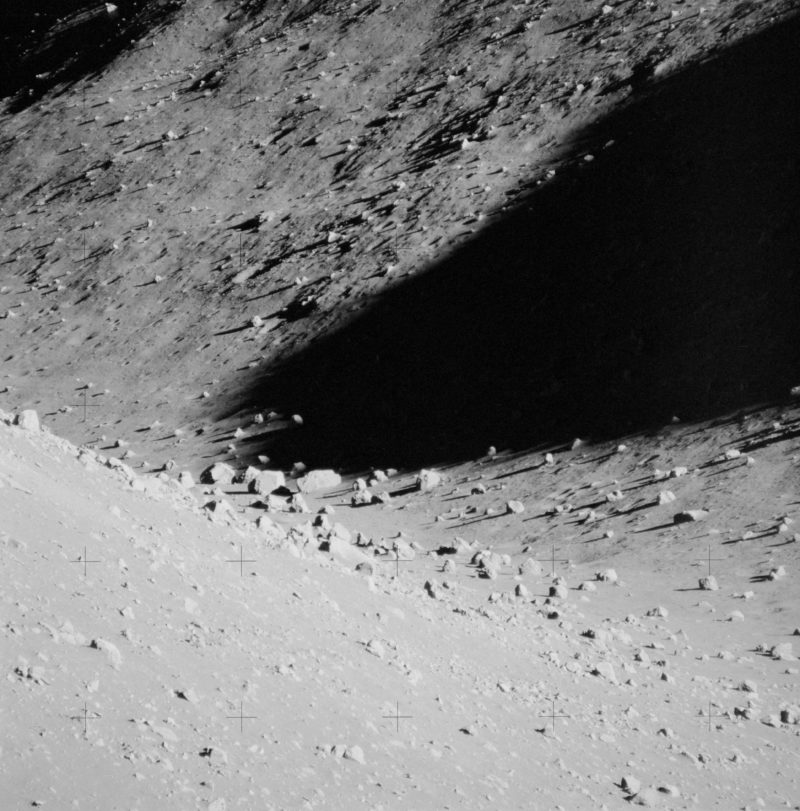
Standing atop the Leaning Tower of Pisa, Galileo had dropped two weights of different sizes to prove that gravity acted equally upon them, regardless of mass. Now, in front of the LM—his and Irwin’s own Leaning Tower, thanks to its footpad stuck in a crater—he prepared for his own version of the experiment on the lunar surface.
“In my left hand, I have a feather,” he said. “In my right hand, a hammer. I guess one of the reasons we got here today was because of a gentleman named Galileo, a long time ago, who made a rather significant discovery about falling objects in gravity fields. The father happens to be, appropriately, a falcon’s feather—for our Falcon—and I’ll drop the two of them and hopefully they’ll hit the ground at the same time.”
And, of course, they did, to much applause in Mission Control.
“How about that?” said Scott. “Mr. Galileo was correct in his findings.”
Four hours into the third EVA, Scott drove the LRV to a spot east of Falcon and parked. From this vantage point, Mission Control would be able to utilize the rover’s television camera to film the LM’s liftoff from the Moon. But it also furnished Scott with the opportunity for a little act of personal homage and reflection. Before launch, Worden had arranged for the creation of a small figurine, representing all the astronauts and cosmonauts who had lost their lives in the cause of space exploration.
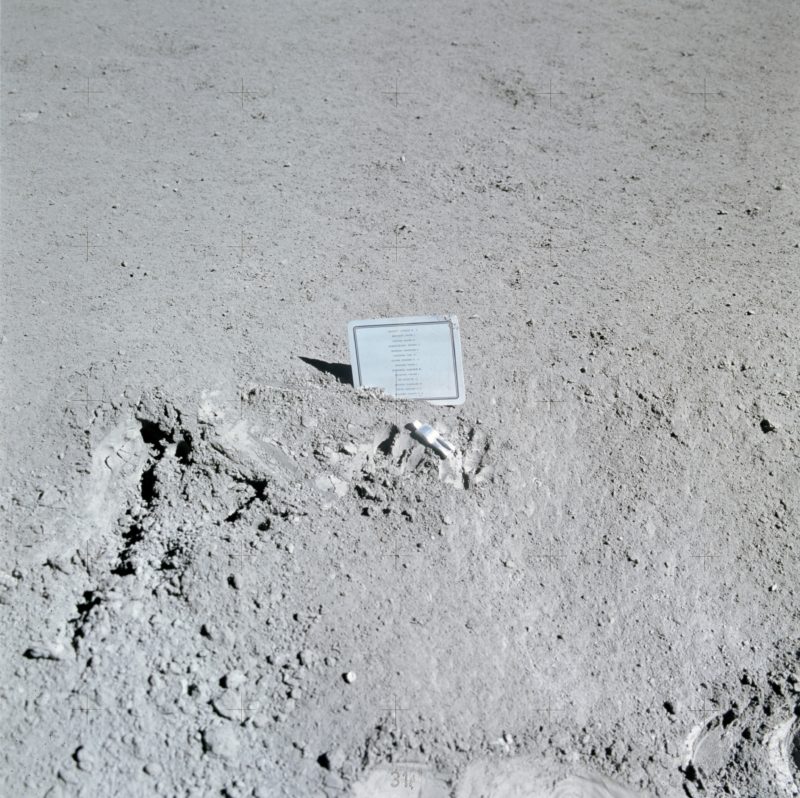
Now Scott dropped the tiny figurine, together with a plaque bearing the 14 names of those lost—Apollo 1 astronauts Virgil “Gus” Grissom, Ed White and Roger Chaffee, Soyuz 1 pilot Vladimir Komarov and Soyuz 11 cosmonauts Georgi Dobrovolski, Vladislav Volkov and Viktor Patsayev, together with Yuri Gagarin, Ted Freeman, Clifton “C.C.” Williams, Ed Givens and Pavel Belyayev, as well as would-be Gemini IX crewmen Elliot See and Charlie Bassett—into the lunar dust to remain, perhaps, for eternity.
Apollo 15’s third Moonwalk ended after four hours and 49 minutes. And uniquely, Scott and Irwin would liftoff from the surface only a few hours later, becoming the first Apollo crew not to enjoy a rest period between the end of an EVA and their departure from the Moon.
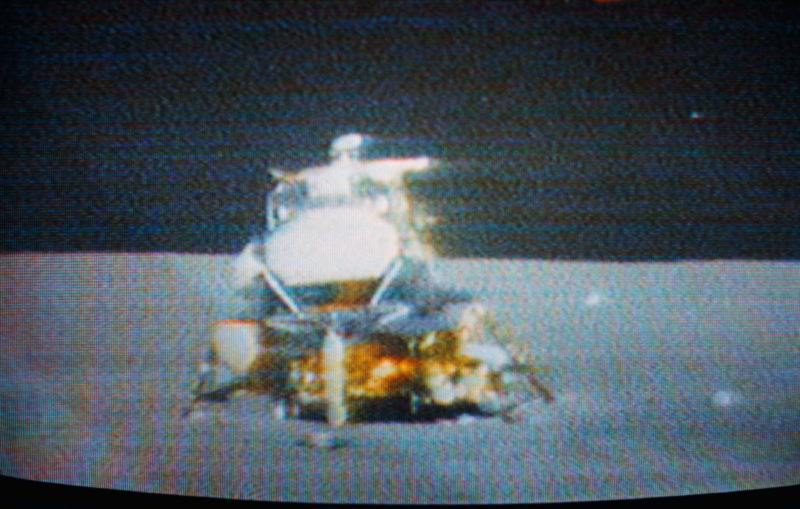
As seen from the LRV’s television camera, Falcon’s ascent stage lifted off and powered silently towards lunar orbit with the speed and accuracy of an express elevator. “I had no idea it went so fast,” wrote former flight director Chris Kraft in his memoir, Flight. “We’d been told it was like that by the other Moon crews, but seeing it for real was a thrilling shock!”
Despite the strains of the Air Force Song playing into their earphones during ascent (courtesy of an over-excited Worden), the return to lunar orbit proved uneventful and Falcon docked safely with Endeavour. But Scott and Irwin’s stay on the Moon had been far from uneventful. At first, the astronauts considered it odd when Mission Control asked to each take a Seconal tablet: a barbiturate with sedative qualities. Scott was quite sure that they were tired enough and certainly did not need sleeping pills. However, the very next night, Mission Control repeated the request again.
“What we were not told,” Scott later wrote, “was that both Jim and I had shown slight irregularities in our heart rhythms while on the lunar surface.” It was triggered by a potassium deficiency caused by the rigours of training and later Apollo crews would stock up on potassium-fortified liquids, including orange juices.
Irwin in particular showed signs of “bigeminy”, which took the form of an irregular heartbeat. After some rest during the return journey to Earth, his heartbeat returned to normal, but in later years Irwin suffered two heart attacks, before a final, fatal one in August 1991. As such, he became the first of the Apollo Moonwalkers to die.
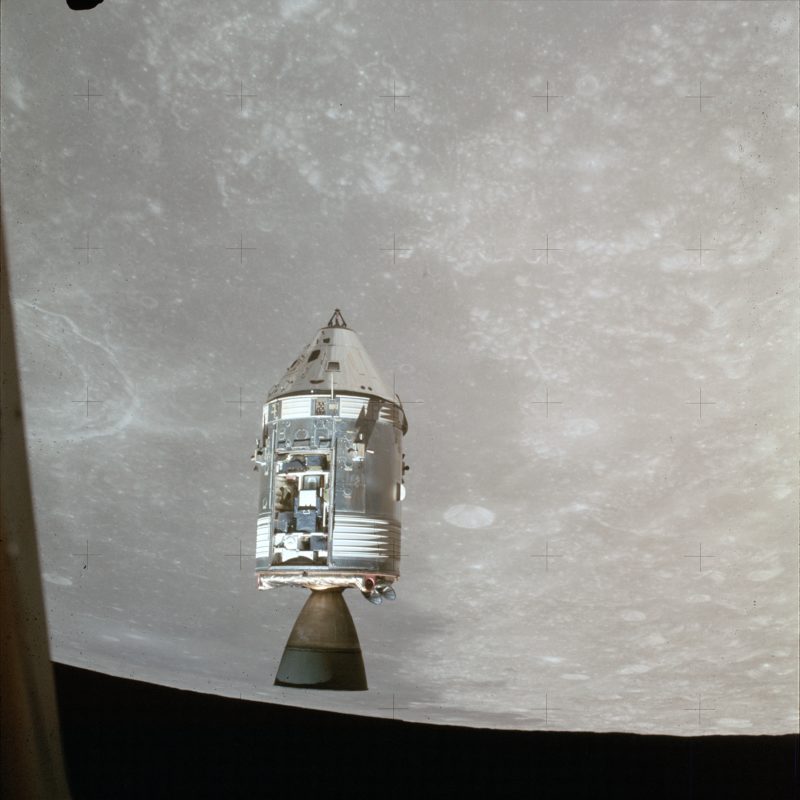
But Mission Control at the time was taking Irwin’s health very seriously. “He was 240,000 miles and a high-G re-entry from the nearest hospital,” remembered Kraft. “My own heart skipped a beat!”
But Irwin was strangely in the best place, for Apollo 15 was the finest intensive-care unit, on or off the planet: he was already getting 100-percent oxygen, was already being medically monitored around the clock and, crucially, was weightless. “Whatever strain his heart is under,” Kraft added, “we can’t do better than zero-G.” That said, the doctors watched his biomedical data carefully and anxiously until Apollo 15 was safely back home.
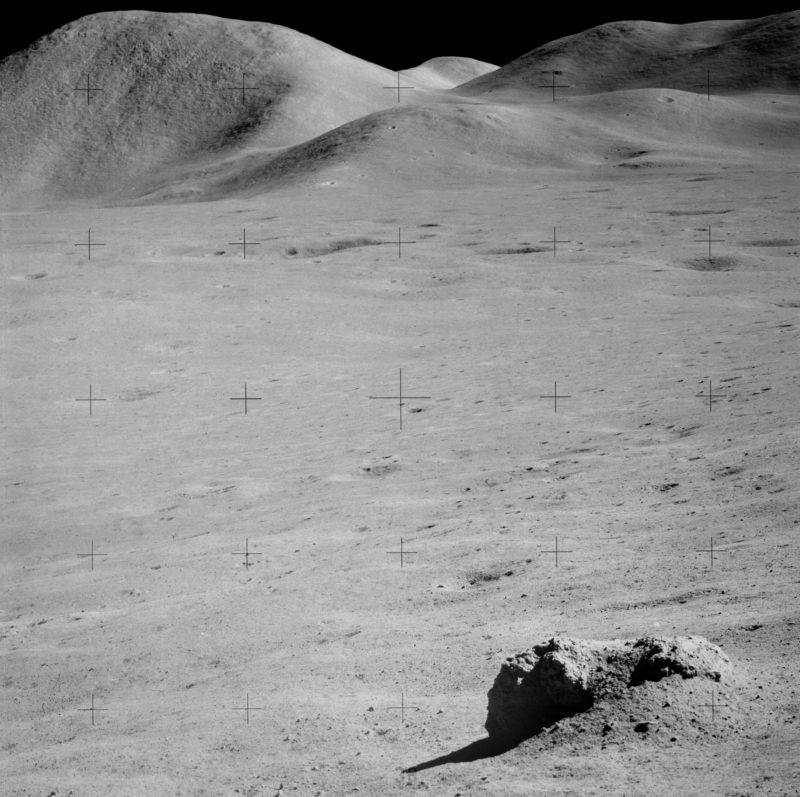
For his own part, Worden had been busy during his three days alone in lunar orbit. He had gathered a huge amount of data from the SIMBay instruments and his own geological training turned him into a “co-investigator” in many of the observations; so much so that his name was included in the list of authors on many scientific papers. Shortly before Endeavour departed lunar orbit on 4 August, the small subsatellite was deployed from the service module, where it set work investigating the Moon’s magnetic field.
And during the return journey, because the SIMBay and the service module could not survive re-entry, Worden performed a 39-minute Deep-Space EVA, some 180,000 miles (300,000 km) from Earth on 5 August. It seemed a risky maneuver to retrieve camera film cassettes, but there were few alternative options. Efforts to devise a hook-and-line concept to pull the film across the 30-foot (10-metre) distance from the SIMBay to Endeavour’s crew hatch proved cumbersome and impractical and an EVA was the best choice.
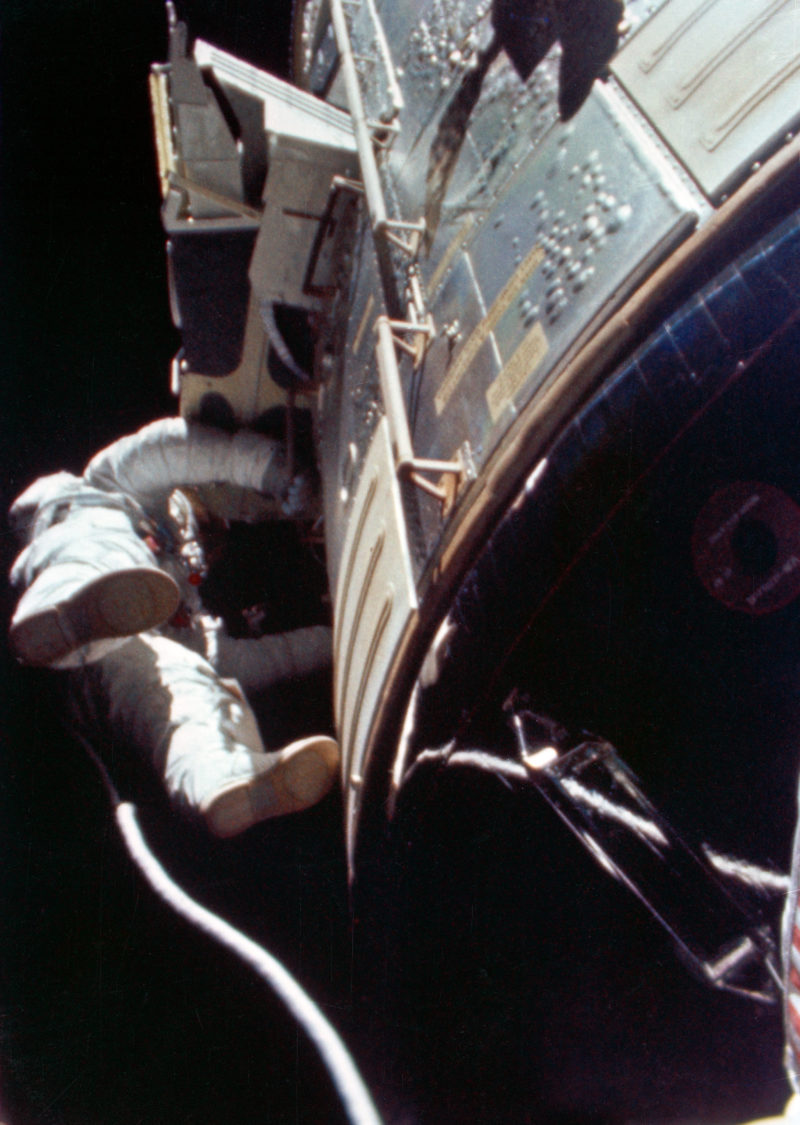
“The EVA itself was kind of unique,” said Worden, who died in March 2020, leaving Scott as the only Apollo 15 crewman still with us. “I did have a chance to stand up on the outside and look. I could see the Moon and the Earth at the same time. And if you’re on the Earth, you can’t do that, and if you’re on the Moon, you can’t do that. It’s a very unique place to be.”
Since Endeavour’s cabin had to be reduced to vacuum, Scott and Irwin also had to don their space suits. With the hatch open, everything that had not been fastened in place began floating around, like a vacuum cleaner.
On 7 August, after shedding the service module, Endeavour’s command module splashed down safely in the Pacific Ocean, after a mission of 12 days. But even their return home did not go entirely to plan. One of the three parachutes failed to deploy, threatening a hard splashdown.
Indeed, Scott remembered that splashing down on Apollo 15 was a little harder than his previous return from Apollo 9, but his crewmates considered it entirely nominal. Late in September, NASA attributed the failure to a dump of monomethyl hydrazine from Endeavour’s reaction control system, which had impaired the parachute lines. On future missions, this dump was eliminated and the command module would land with residual propellants aboard.
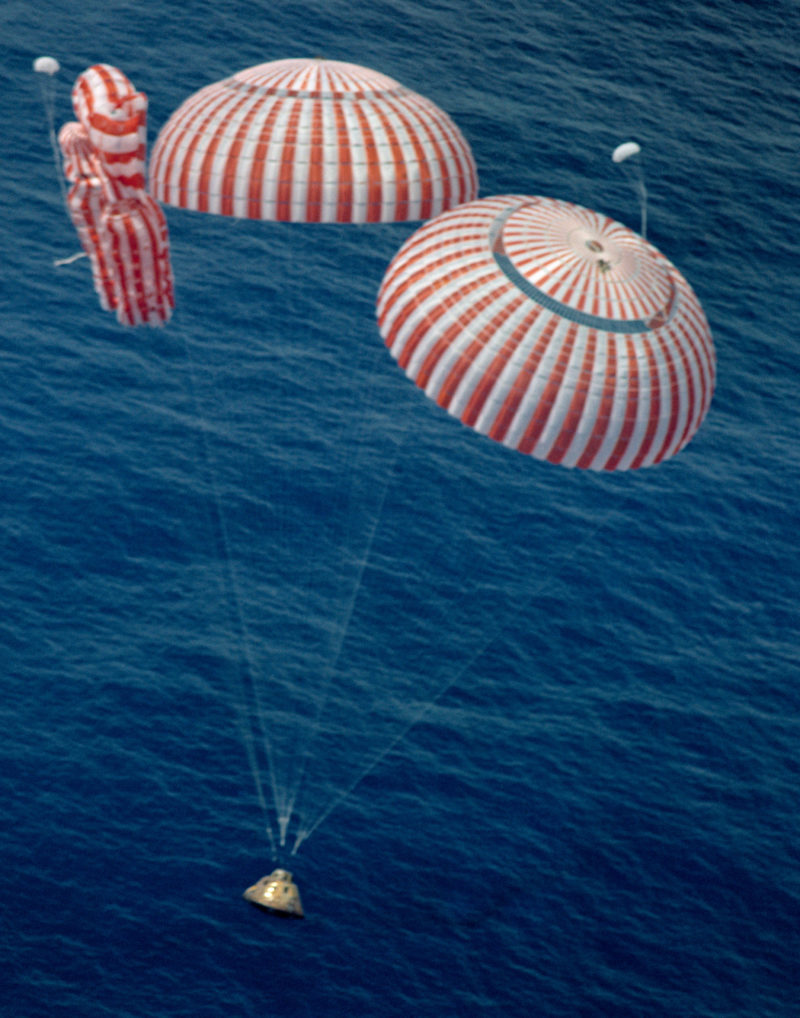
Unlike previous crews, Apollo 15 was the first mission whose crew did not need to spend three uncomfortable weeks quarantined in the Lunar Receiving Laboratory (LRL). But Scott, Worden and Irwin had all lost weight and their immune systems were low after operating in such a carefully-controlled environment for so long. Less than a week after landing, they were named as the backup crew for Apollo 17, the final planned lunar flight, then scheduled for launch in December 1972.
It was an assignment that would not last long. They had carried a stack of first-day philatelic covers to the Moon, as part of an arrangement with a stamp dealer, with the intent that the astronauts would divide the proceeds and set up trust funds for their children.
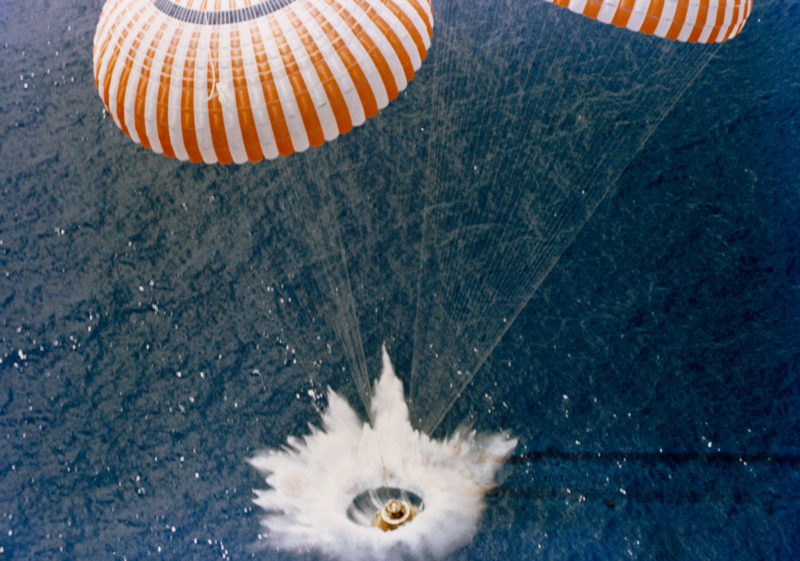
Unfortunately, the covers—400 in total, a hundred for each astronaut and another hundred for the dealer—had not been authorized by NASA for carriage aboard Apollo 15. The agreement called for the covers to be sold privately, with no publicity, but the dealer apparently started selling them within weeks of splashdown. The furious astronauts tried to cancel the agreement, but it was too late. None of the crew accepted any money.
To be fair, the Apollo 15 astronauts did nothing illegal, and indeed carrying items and selling autographs had been done by earlier crews. “Our own NASA lawyers didn’t expect indictments, but those Department of Justice hotshots knew the law better than anyone else,” wrote Chris Kraft. “If there was a crime here, they’d find it. They didn’t.”
But the incident did leave a lastingly sour taste and the Stamp Affair became a full-blown public scandal in early 1972. Irwin already planned to retire from NASA, whilst Scott and Worden were assigned administrative duties. In his memoir Falling to Earth, Worden remained furious about the damage the incident did to his career. In December 1978, Scott, Worden and Irwin were fully exonerated of all blame. But their careers as astronauts were over.
It was a sad footnote to a highly successful mission. Between July 1969 and December 1972, a total of 24 men traveled to the Moon, three of whom did so twice. Twelve individuals, including Scott and Irwin, walked on its surface. But in terms of its expanded scope of lunar exploration and its jaw-dropping landing site at Hadley-Apennine, Apollo 15 surely stands as one of the most spectacular adventures of scientific discovery ever undertaken in human history.




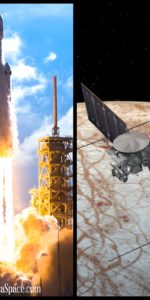
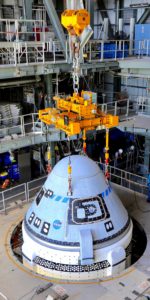
The Apollo experience never gets old. As each year passes, the photos, the accounts and the words of each astronaut become more profound. To think, “We actually did that!” is a testament to human ingenuity and intellect. On a side note, I don’t believe the photos from Scott’s standup EVA were ever published (at least I’ve never seen them). Also, it is a shame that no pictures were ever taken of Worden’s EVA against a lunar backdrop. That would have been quite spectacular!